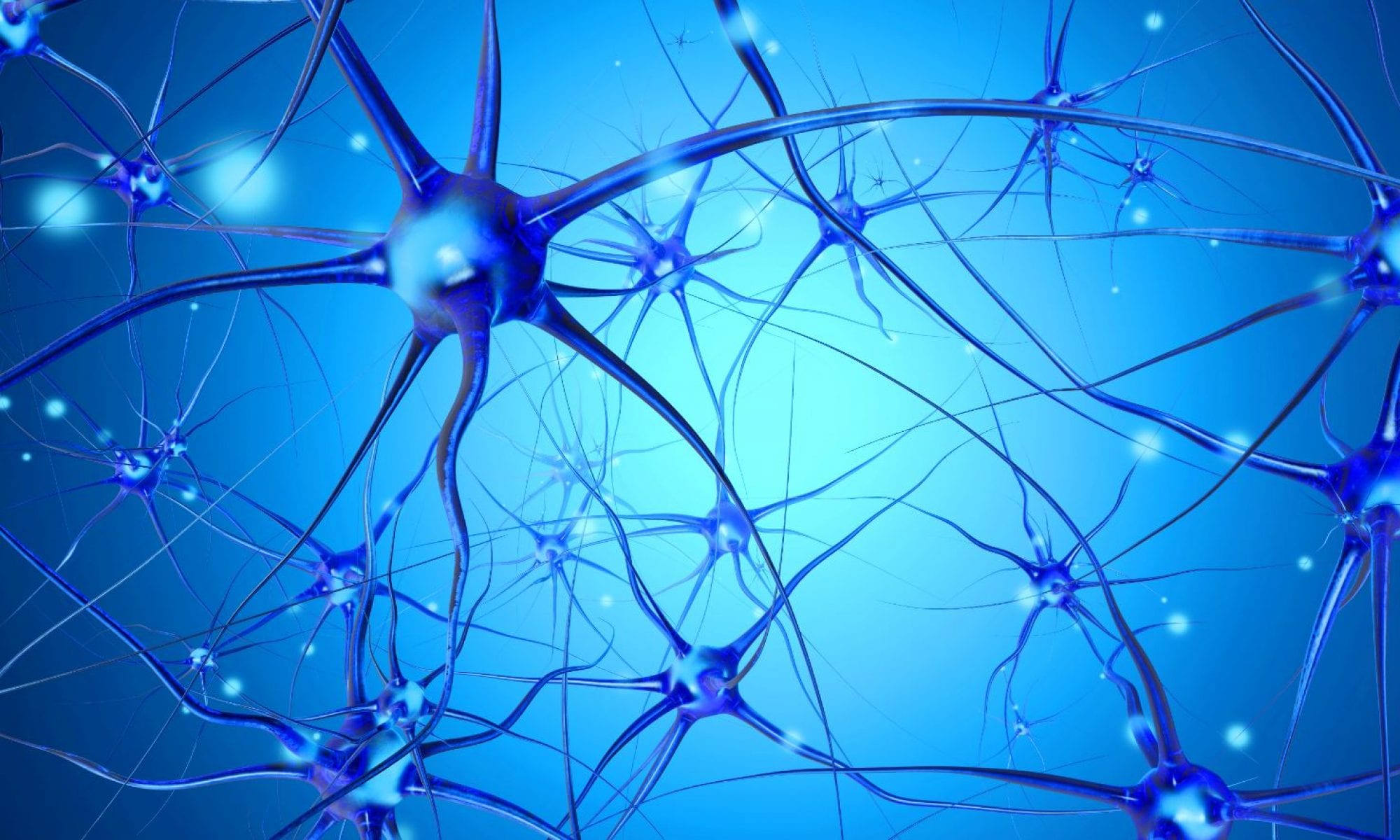Press release:
As researchers continue to study the neurological impacts of COVID-19, a Houston Methodist international collaboration has documented an unexpectedly frequent occurrence of acute transverse myelitis (ATM) – inflammation of the spinal cord – in 43 COVID-19 patients. Led by Houston Methodist neurologist Dr. Gustavo Roman, the study of existing scientific literature found that patients from 21 countries developed spinal cord lesions after contracting the virus. Symptoms included paralysis and sphincter/bowel dysfunction. The patients ages ranged from 21 to 73 and included about half-and-half women and men. ATM, a rare neurological condition, affects between 1.34 and 4.6 cases per million per year, and researchers believe the unusually high rate in post-COVID-19 patients merits additional investigation. Moreover, 3 ATM cases were reported during the trials of the Oxford AstraZeneca vaccine. The study is published in Frontiers in Immunology. Dr. Roman collaborated with researchers from Hospital Paitilla, Interamerican University of Panama and Hospital Santo Tomas (Drs. Fernando Gracia, Antonio Torres, Alexis Palacios, Karla Gracia and Diogenes Harris).
Advertisement:
- Siegel Ph.D., Sanford J. (Author)
- English (Publication Language)
- 590 Pages - 05/05/2019 (Publication Date) - Independently published (Publisher)
- Launchbury, Keith J. (Author)
- English (Publication Language)
- 222 Pages - 12/10/2010 (Publication Date) - CreateSpace Independent Publishing Platform (Publisher)
- Varia, Kalpana (Author)
- English (Publication Language)
- 114 Pages - 05/26/2021 (Publication Date) - Independently published (Publisher)
- Algiere, Angela (Author)
- English (Publication Language)
- 82 Pages - 05/15/2013 (Publication Date) - CreateSpace Independent Publishing Platform (Publisher)
- Keeping doctors stumped Transverse Myelitis Awareness
- Disease, disorder, or cancer awareness top with the phrase: Keeping doctors stumped Transverse Myelitis Awareness
- Lightweight, Classic fit, Double-needle sleeve and bottom hem
- I Am Transverse Myelitis Warrior - This TM graphic with an awareness ribbon is ideal for parents and Transverse myelitis supporters who inspire and promote education about this rare inflammatory disease causing injury to the spinal cord.
- This Transverse Myelitis design is perfect for men or women and advocates who help increase awareness of a neurological condition in which the spinal cord is inflamed. Great for patients, supporters, survivors, and warriors to wear on TM Awareness Day.
- Lightweight, Classic fit, Double-needle sleeve and bottom hem
- This Transverse Myelitis Awareness Design with a Blue Ribbon. Transverse Myelitis Warrior, Blue Ribbon Transverse Myelitis Awareness, Transverse Myelitis Support Ribbon, Transverse Myelitis Fighter, Transverse Myelitis Survivor. And Then One Day Everything
- And Then One Day Everything Changed Transverse Myelitis Awar Blue Ribbon. Transverse Myelitis warrior, Blue Ribbon Transverse Myelitis Awareness, Transverse Myelitis Support Ribbon Design for Transverse Myelitis Awareness Month.
- Lightweight, Classic fit, Double-needle sleeve and bottom hem
- Tree Ribbons Transverse Myelitis Awareness Together We Fight Together We Win, Transverse Myelitis Support, Transverse Myelitis Warrior.
- Transverse Myelitis Awareness, Transverse Myelitis Awareness Month, Transverse Myelitis Fighter, Transverse Myelitis Ribbon.
- Lightweight, Classic fit, Double-needle sleeve and bottom hem
- Support Transverse Myelitis Awareness , Transverse Myelitis Awareness,Beat Transverse Myelitis Awareness ,Transverse Myelitis Warrior , Support Transverse Myelitis Gift
- Transverse Myelitis Very bad, would not recommend , Transverse Myelitis Awareness , Transverse Myelitis Ribbon
- Lightweight, Classic fit, Double-needle sleeve and bottom hem
- Jezdimir, Mike (Author)
- English (Publication Language)
- 103 Pages - 06/18/2013 (Publication Date) - Lulu.com (Publisher)
I get commissions for purchases made through links on this website. As an Amazon Associate I earn from qualifying purchases.











